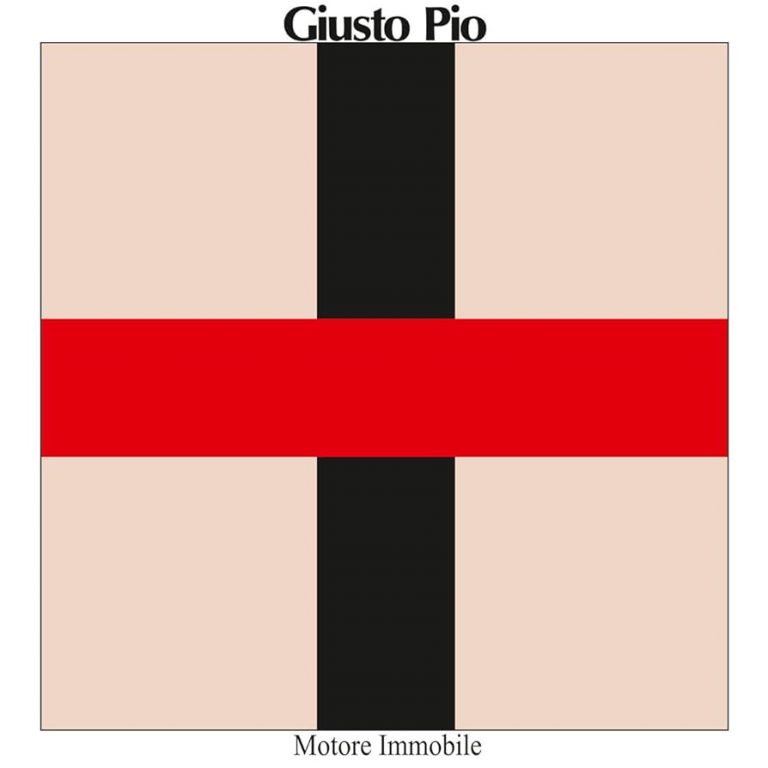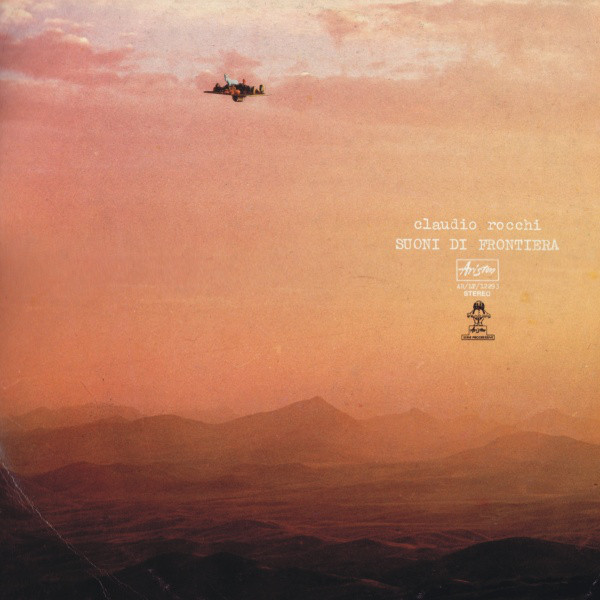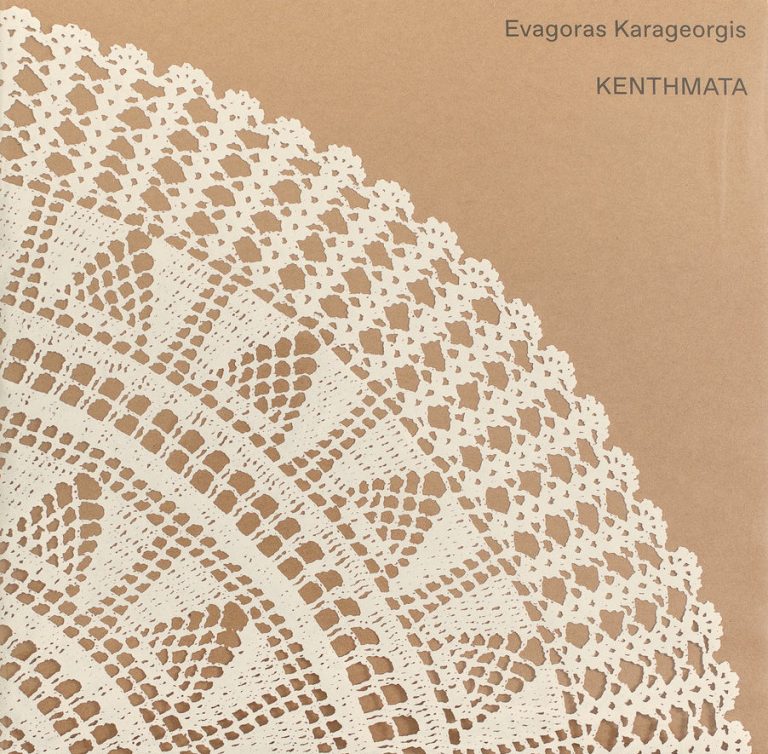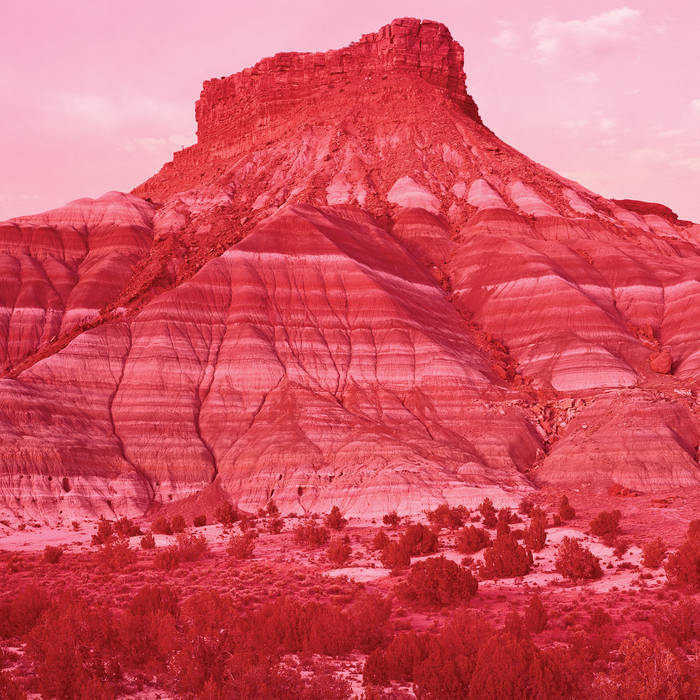
On a trip to Ohio in August 1949, Barnett Newman had the chance to visit the Hopewell Ceremonial Earthworks in the southwest of the state. Located along the Ohio River, these monumental earthen mounds served as ceremonial sites for the Native American Hopewell civilisation. Left in awe by their majestic presence, the painter described this revelatory experience in his brief essay Ohio,1949:
Standing before the Miamisburg mound, or walking amidst the Fort Ancient and Newark earthworks, surrounded by these simple walls of mud, one is confounded by a multiplicity of sensations: that here are the greatest works of art on the American continent. (…) The feeling is that here is the space; that the space outside, the dramatic landscape looking out over a bridge one hundred feet high, the falling land, the chasms, the rivers are just picture postcards. Suddenly one realises that the sensation is not one of space or [of] an object in space. It has nothing to do with space. The sensation is the sensation of time. Looking at the site you feel, Here I am, here… and out beyond there, there is chaos, nature, rivers, landscapes… But here you get a sense of your own presence.
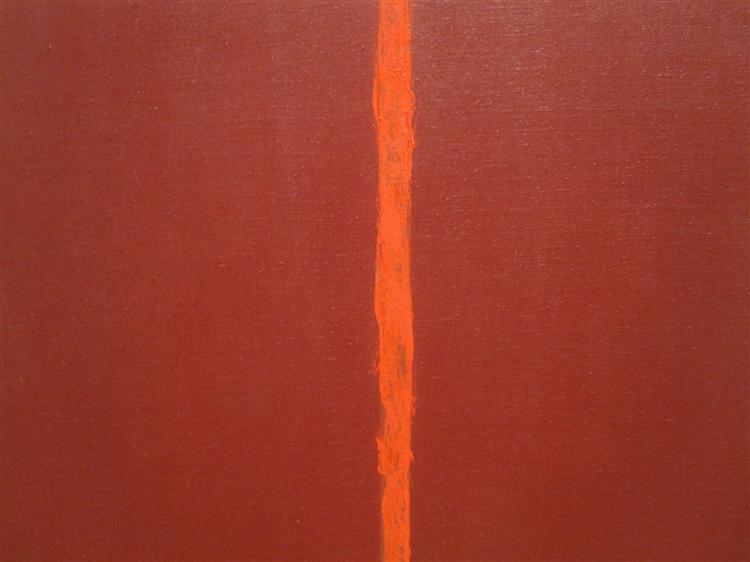
The vastness of space translates in the physical sensation of being present defined by Newman as time, which, however, can be better described as the conscious sensation of one’s presence in the world, here and now. Commenting on his essay, postmodern philosopher Jean-François Lyotard defines this feeling as the vitalising joy of experiencing something happening, of bearing witness to the miracle of existence.
Captivated by the imposing scale of the earthworks, Newman could access the here and now through their spaciousness, his sense of time and space dissolving into one another. A similar vastness permeates A Visible Length of Light (2021), the third full-length album by NYC-based experimental composer Lea Bertucci (b. 1984). When I first listened to her album, I was immediately reminded of Newman’s musings on the landscape of Ohio.
Admittedly, I may have been influenced by the record’s artwork, which offers another unconventional interpretation of the American landscape. The LP cover features a coloured monochrome photograph of the Grand Staircase-Escalante Monument by David Benjamin Sherry, taken from his 2019 series American Monuments. As Bertucci herself recounts in an interview with Tone Glow, this picture holds a deeply personal meaning:
My father lives in an area of southern Utah called the Grand Staircase-Escalante region. I’ve been going there since I was a child and it’s had a huge impact on me. It’s a place of real serious spiritual energy, not to sound like a total hippy, but it’s a really moving place. The landscape is dramatic and singular—I’ve never been to a place that looks quite like that. Talking about physicality, when you’re in a landscape like that, you really feel a part of it but also divorced from it—you feel how small you are within the grand scheme of things, and how indifferent nature is to your physical needs.
Similarly to Newman, Bertucci is moved by a sense of wonder at the singularity of America’s landscape: as she details in the liner notes for the LP, A Visible Length of Light was inspired by the topography of the United States and shaped during a residency in Nebraska in 2020, where the seven main pieces of the album were composed. These are interspersed with four ‘Refrains’, brief flute improvisations recorded in the artist’s NYC apartment.
With their airy whispers, these interludes add a sense of spaciousness to the record. Using “one microphone placed close on the instrument and another microphone directed out the window of my room”, Bertucci reacted to the soundscape of the city at the height of the pandemic, a symphony of sirens and helicopters clearly discernible in ‘A Whisper, an Alarm’.
A similar sense of vastness is captured in the spaces between the notes on the beautiful ‘On Opposite Sides of Sleep’, underpinned by the sustained tones of the chord organ, which act as a static horizon across which the bass clarinet sketches its sparse, jazzy variations.
The influence of Pauline Oliveros comes to the fore in the drones of ‘A Visible Length of light’ and ‘To Bridge the Chasm of Experience’. Both pieces share similarities with Horse Sings from Cloud, though Oliveros’ accordion and voice are replaced here by whispers, tape, bass clarinet, and organ. More than the sound itself, I feel there’s a spiritual kinship between the two composers’ work, which also resonates with Newman’s aesthetic of presence.
Just as the painter became involved with the idea of making the viewer present by confronting him with the totality of his color-field paintings, Oliveros focused on the conscious nature of listening as a way to be aware of, and connect with, one’s environment, as she will expand in her Deep Listening practice.
In the liner notes for the reissue of Accordion & Voice, which, fittingly enough, was inspired by her time in Mount Tremper, the composer writes:
Horse Sings From Cloud taught me to listen to the depth of a tone and to have patience. Rather than initiating musical impulses of motion, melody and harmony I wanted to hear the subtlety of a tone taking space and time to develop. The tones linger and resonate in the body, mind, instrument and performance space.
Similarly, Bertucci lets her music take its own space and time to unfold. There’s something very physical about A Visible Length of Light, which she describes as “dealing with the physical sensation of sonic vibrations in a very essential way”. Field recordings, tape hiss, woodwinds, and whispers come together to form a very tangible soundscape – an imagined American landscape drawn from the legacy of avant-garde music, from jazz to drone and sustained tones, yet still sounding personal.
Surrounded by these simple tones, one is confounded by a multiplicity of sensations. The feeling is that here is the space. Suddenly one realises that the sensation has nothing to do with space. The sensation is the sensation of time.
